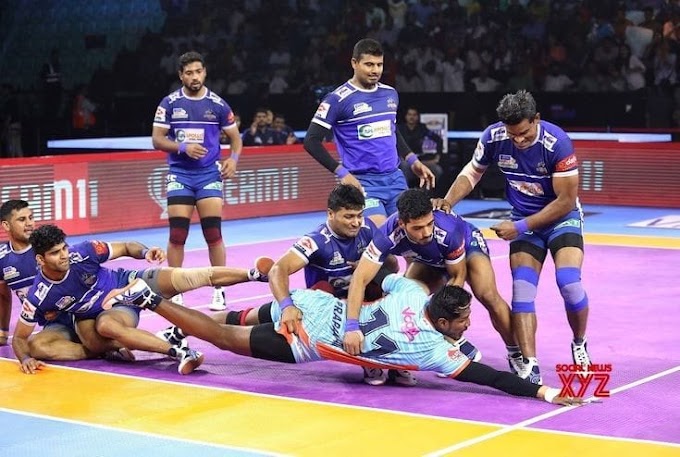Understanding Indirect Speech – Past Perfect Tense
When the direct speech is already in Past Perfect Tense, we do not change the tense while converting into indirect speech. Only pronouns, time words, etc., are changed as needed.General Rule:
Past Perfect (had + V3) → remains Past Perfect (had + V3)
Structure:
Direct:
Subject + said, "Subject + had + V3..."
Indirect:
Subject + said that + subject + had + V3...
Examples:
• Direct: Maya said, "I had cooked dinner before they arrived."
Indirect: Maya said that she had cooked dinner before they arrived.
मायाने सांगितले की तिने त्यांच्या येण्यापूर्वी जेवण बनवले होते.
• Direct: The teacher said, "Ravi had submitted his project."
Indirect: The teacher said that Ravi had submitted his project.
शिक्षकांनी सांगितले की रवीने आपला प्रोजेक्ट सादर केला होता.
• Direct: Rahul said, "I had called you in the morning."
Indirect: Rahul said that he had called me in the morning.
राहुलने सांगितले की त्याने सकाळी मला कॉल केला होता.
• Direct: She said, "We had planned a surprise party."
Indirect: She said that they had planned a surprise party.
तिने सांगितले की त्यांनी सरप्राइज पार्टीची योजना आखली होती.
• Direct: Father said, "I had repaired the fan yesterday."
Indirect: Father said that he had repaired the fan the previous day.
वडिलांनी सांगितले की त्यांनी काल पंखा दुरुस्त केला होता.
• Direct: They said, "We had never visited that place before."
Indirect: They said that they had never visited that place before.
त्यांनी सांगितले की त्यांनी त्या जागी यापूर्वी कधीही भेट दिली नव्हती.
• Direct: I said, "She had already left the office."
Indirect: I said that she had already left the office.
मी सांगितले की ती आधीच ऑफिसमधून निघून गेली होती.
• Direct: He said, "I had met her at the airport."
Indirect: He said that he had met her at the airport.
त्याने सांगितले की त्याने तिला विमानतळावर भेटले होते.






0 Comments